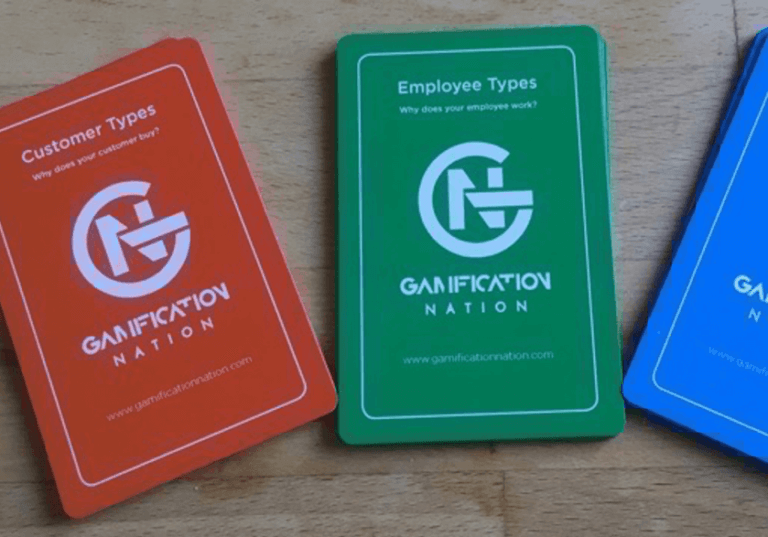One of the things I have been mentioning a lot lately whilst speaking at HR and learning related conferences is that gamification and game design is as much about how you want people to feel while interacting with you as well as the process. I quote one of my inspirations Jane McGonigal in my slides, where she said: “game designers are obsessed with creating emotionally intense experiences”.
The key point for me is when I see corporates go into gamification, it is rarely about the emotions, but rather about the carrot or stick. The problem with this approach is that it tends to be void of emotions even if the original intent was possibly a good one. They are then after also surprised when it hasn’t quite worked to the extent they had hoped, yet that doesn’t surprise me.
Experience design focuses more on the emotional side, which if I explain gamification in this light, the same audiences seem to be much more open to discussing emotional connections etc. In experience design, the concept of empathy mapping alongside the journey you are creating for your employee or customer is part and parcel of the process.
How to start with empathy mapping?
The first step is to ask the question, how do you want people to feel at each step of your process, from beginning to end. Then you also want to explore what people are feeling now whilst engaging with your process. It may be vastly different or very close to what you intend it to be.
I would recommend starting with a process map of the journey people take to engage for example in recruitment or learning. When you have the process map drawn up, identify which steps are meaningful touchpoints. Meaningful touchpoints are those points where you can make an impact emotionally. Then adding empathy mapping into this mix means you look at the state of mind of your candidate at each step and you consciously choose how you want them to evolve as interactions go with your organisation and people.
For example in the search for a new job, a candidate may feel insecure or even overwhelmed with choices and questions such as will I fit in, have I got all the skills, etc. Then as they apply for a role they will want to gain an air of confidence that in fact, they are applying for a role in an organisation they want to work for. How do you want them to feel when rejected or selected? How will you keep communicating with them to have them stay involved in the process and take the job when it is offered?
I have gone through interview processes, where the process was so intense, repetitive and draining that I said at the end of the day, I am no longer interested. If the interviews are the first encounter of what work would be like inside a company, then making sure you also present yourself as real as possible is good, but know that this may turn away some of the candidates. Very likely for the right reasons. The ones that remain in the process, are a better fit in terms of culture and experience, providing you have given a true reflection of what work feels like on the inside.
Most HR and learning teams, never go through this exercise and even less so train their people to work at sharing a feeling or emotion in most work-related processes.
In gamification design, I don’t see many people talking about experience and empathy mapping. We have been using the phrase of creating meaningful touchpoints for years and worked with our clients to create experiences that are meaningful for their employees and customers.
If you do nothing else, ask yourself how do you want to make people feel and work on delivering those emotions.
https://gamificationnation.com/why-understanding-the-process-is-key-for-gamification-design/






